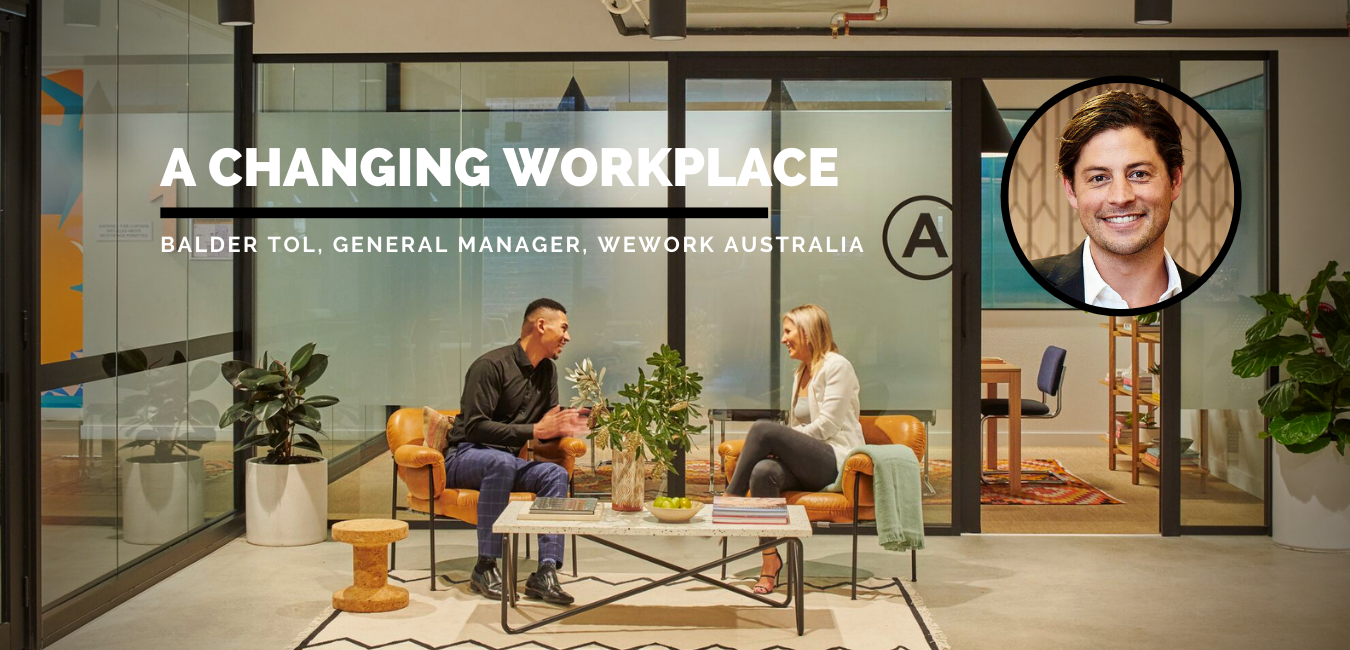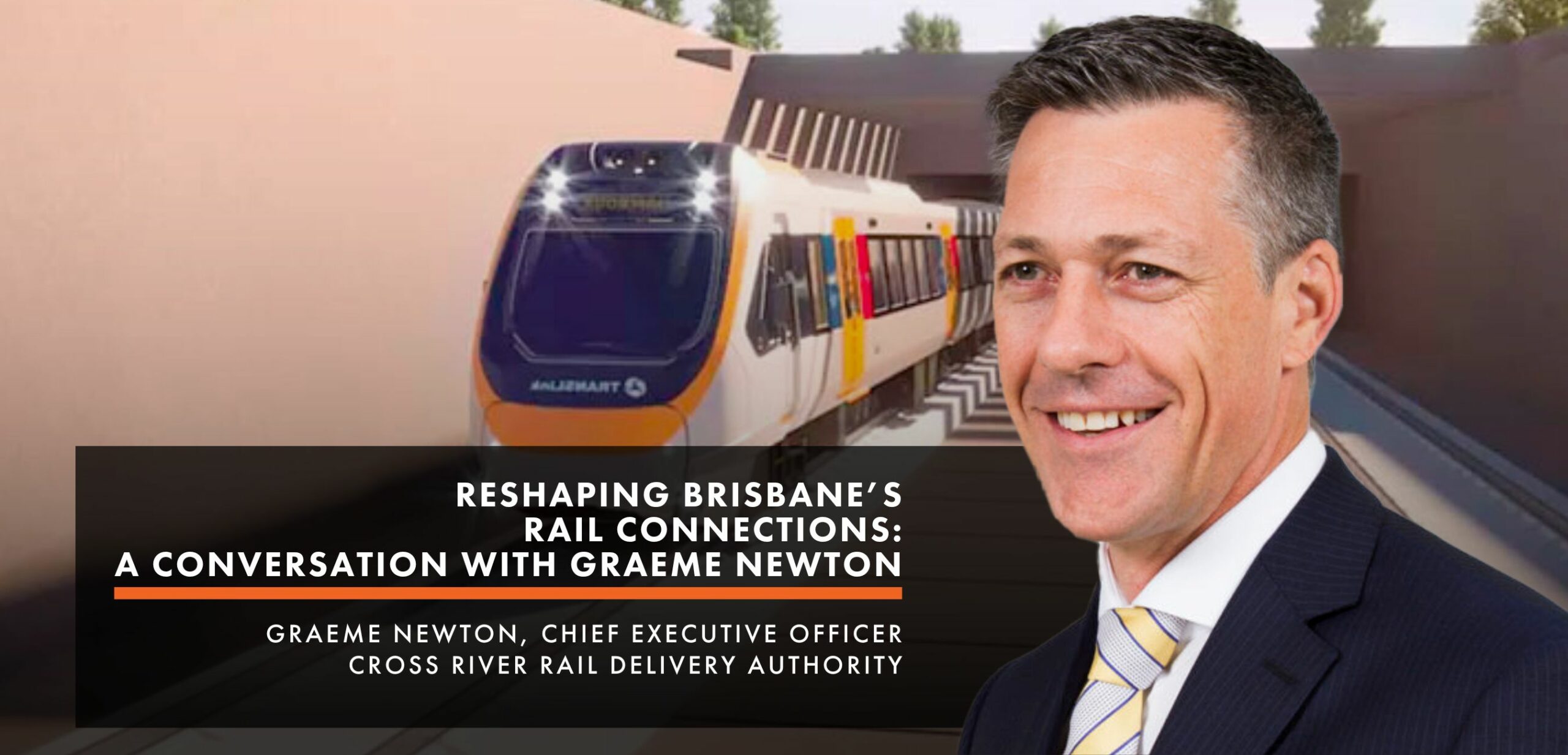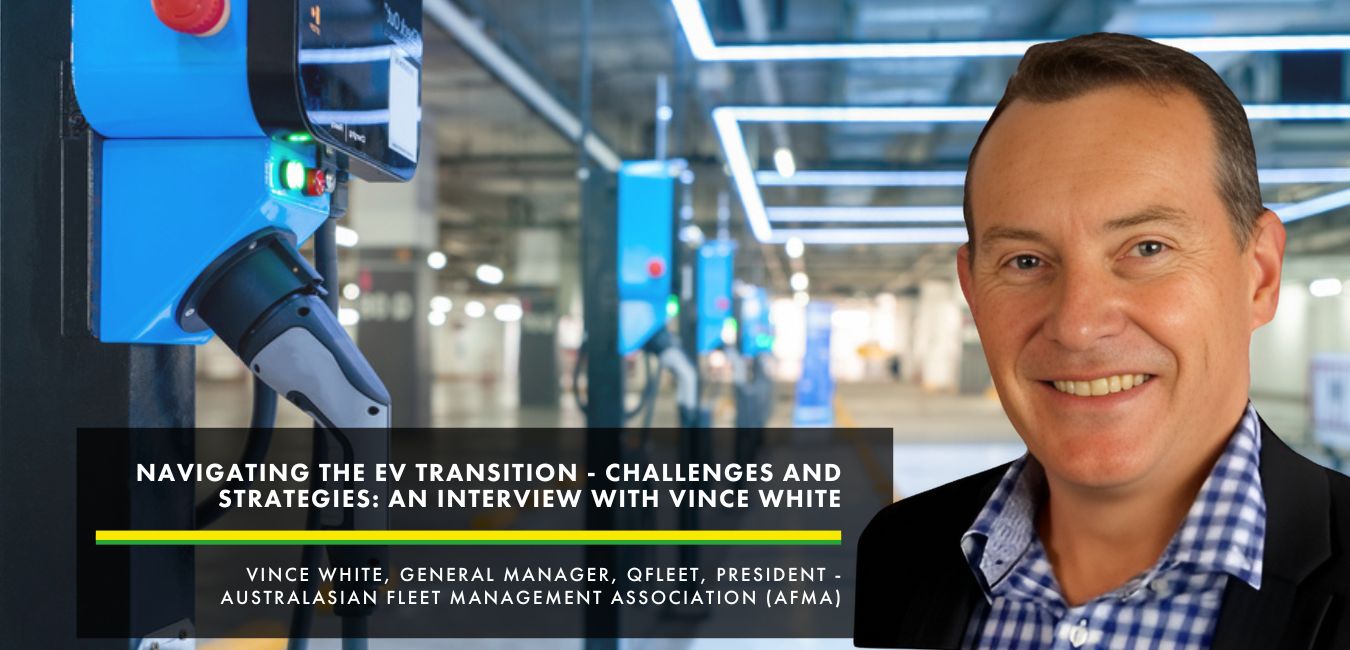With social distancing and increased remote working, is the traditional office under threat? Balder Tol, General Manager, Australia at WeWork, examines how flexible workspaces could shape the future of work.
This year, COVID-19 has accelerated changes that were already under way and triggered a radical rethink not just of where we work, but how. Amid the pandemic, companies had to adapt to new work norms extremely quickly. The success of business in the short term depended heavily on how nimble teams could be in adjusting to this change.
Right now organisations all around the world are reimagining the role of the office and its place in the future of work. As a global company with over 800 locations all around the world, we’re well positioned to leverage insights from our global network and share the learnings.
We know from talking with both new and existing members that flexibility is something businesses are now considering more than ever. Transitioning back to the office, companies are seeking a space where their employees can (and want to!) reunite safely, whilst maintaining a sense of community – something that’s been more challenging as individuals worked from home.
Nearing the new year, companies are looking for optionality when it comes to where and how they work moving forward. A flexible workspace helps companies to increase their agility, enabling them to more easily navigate their way through uncertainty by offering immediate solutions to their rapidly changing workspace needs.
The new role of the office
In Australia, there’s increasingly widespread consensus that a hybrid model will be popular among businesses, offering employees both the flexibility of remote work and the benefits of an in-person office experience. In fact, a global survey conducted by Slack on workplace transformation in the wake of COVID-19 indicated the work-from-home experiment showed the vast majority of workers (72%) prefer a hybrid arrangement that combines the home and the office. Interesting, the same report found workers’ sense of belonging can suffer while working remotely.
If anything, the pandemic has meant the value and role of the office has been underscored and the office will become even more important for learning, innovation and growth. Our workplaces provide an environment for quality interactions and the creation of community – access to the people and resources needed to be productive, as well as opportunities for chance encounters to build social ties and combat isolation. As humans, we crave real life interactions and proximity is key to building trust relationships.
When it comes to where and how we work, companies are rethinking their real estate strategies to balance current space needs and the future requirements of an agile workforce. With this comes a reimagined purpose for the office: safety is top of mind and flexibility is a must.
As we think about the future of work, what’s clear is that great work can’t be done by Zoom alone. Communicating, making decisions and brainstorming is much more natural when you are together. When it comes to developing thoughtful solutions and creative outcomes, the best way is still face to face. Looking ahead, the most mature companies are planning with this in mind.
Building a new work culture
One of the biggest challenges is how to retain a unique corporate culture when so many staff members are working from home. At WeWork, for example, our workspaces are designed to promote connection and collegiality between members, be it through colour, art, furniture, natural light and plants. Every detail of the design has been planned and executed to bring people together and to create a culture of collaboration. From a physical perspective we know that the quality of the employee’s workplace environment has a significant impact on their level of motivation and their individual and team performance.
WeWork, in partnership with brightspot strategy recently looked into the policies and conditions that impact an employee’s performance after returning to the workplace. The study found that morale rose for 40% of people after returning to an office space for at least 1 day per week, and that increased to 54% for those who returned 4-5 days per week. What’s even more compelling is that productivity (both individual and collaborative), personal well-being and sense of company culture were all boosted by a return to the workplace.
Beyond the short-term requirements of creating safe spaces for employees to return to, a robust culture will increasingly centre around choice, trust, wellbeing, and health. Organisational life is founded on relationships and physical proximity is critical to fostering trusting and cooperative relationships. Offices are places where jobs get done but also where trust is built, relationships are forged, and colleagues learn from one another; they are places where collective goals are achieved, celebrated and cultural capital is built.
And so, we will come together with deliberate intention to collaborate, create and innovate. In the next six months and beyond, people will continue to be experimental and try different models, but we won’t lose the need for the in-person experience at work.
Future of Office Space Summit
Balder will be speaking at our upcoming Future of Office Space Summit, taking place from 17-18 February 2021. Get insights from technology & innovation leaders, tenant & workplace experience experts, property fund managers and industry thought leaders.







